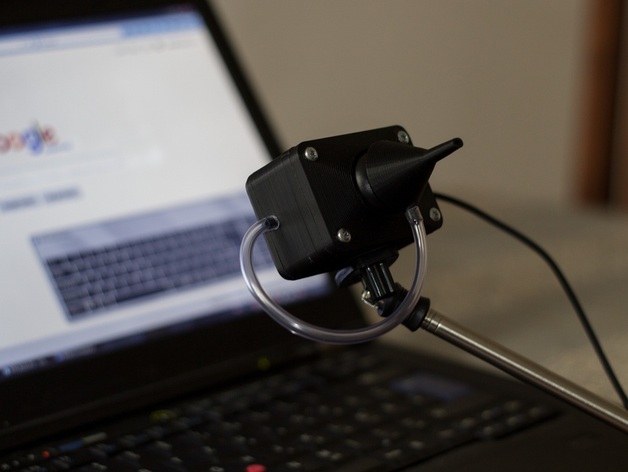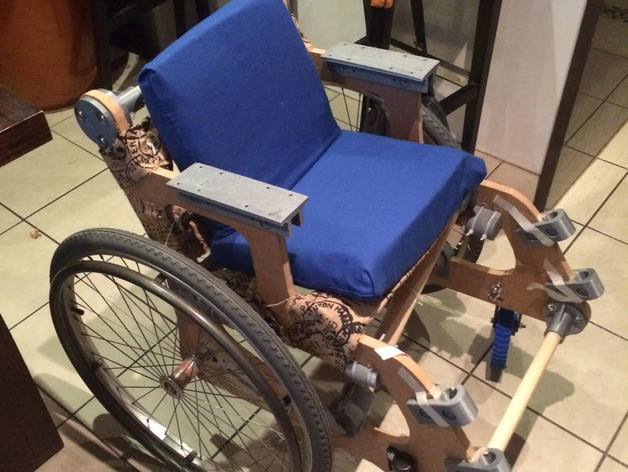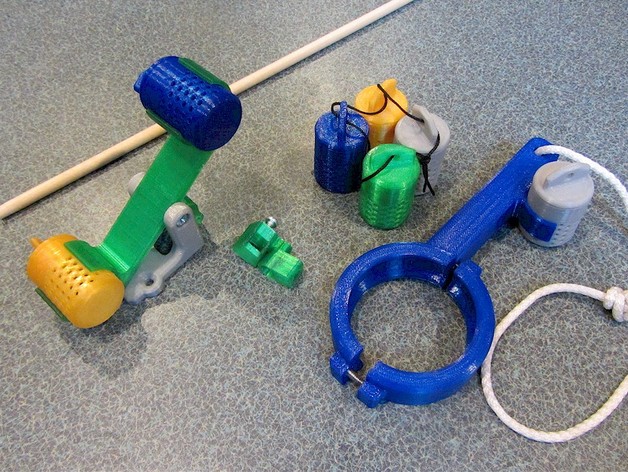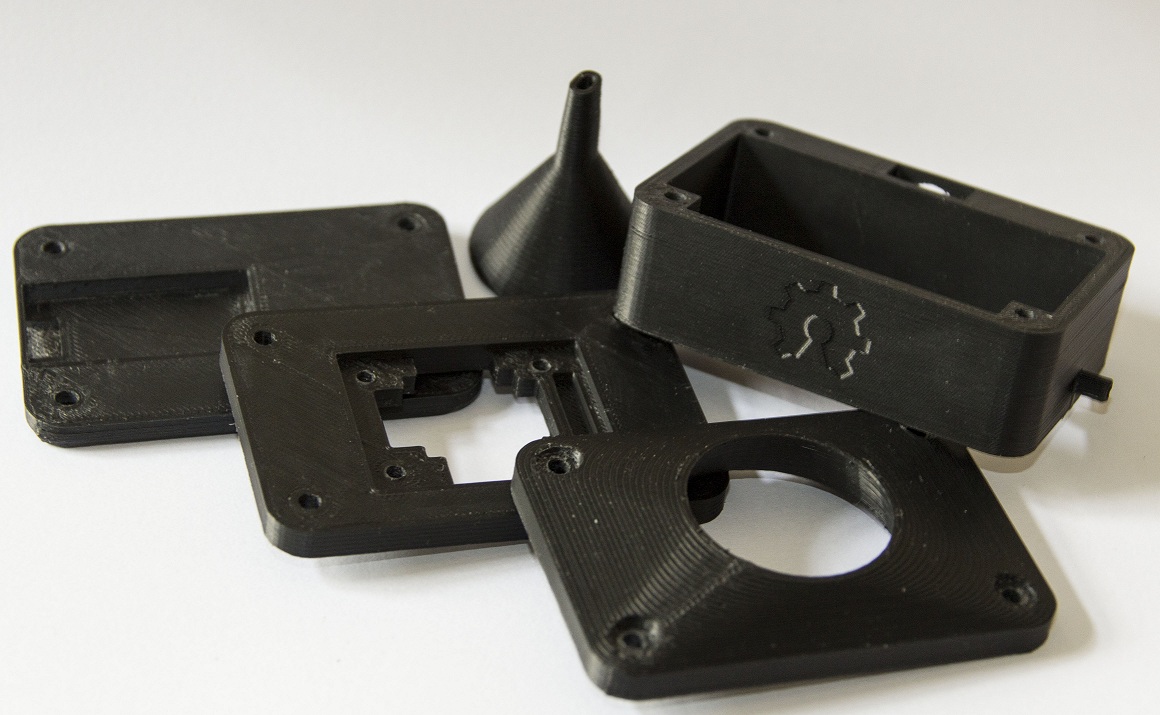In a world where about 15% of the people on it are living with some type of disability, it’s no surprise that one of 3D printing’s most reputable and popular uses is for designing and manufacturing personalized assistive devices. When MakerBot Thingiverse put their massive 3D printing community up to the Assistive Technology Challenge after their Bay Area Makeathon, they received over 170 submitted projects from Thingiverse members. The eventual winner of the competition was German maker Tobias Wirtl, who was selected for his marveling 3D printed Mouth Operated Mouse.

Designed to help those with disabilities to conveniently surf the internet and use other computer-based operations, Wirtl realized that 3D printing could help make this traditionally expensive assistive device much more affordable. The 3D printed mouthpiece is engineered to operate like a joystick, controlling the cursor on the screen with an Arduino Pro Micro sensor system. The Mouth Operated Mouse is also able to perform both a right-click (pushing the mouthpiece forward) and the left-click (by sucking air into device), giving the disabled user full access to the vast landscape of the internet through any computer with a USB port.
“There are many new technologies that people with disabilities can’t access and in my opinion everyone should be able to benefit from today’s media, especially the Internet,” said Wirtl. “That’s why I decided to create a device that would allow people to navigate the Web. Products like these sell for hundreds of dollars. I created this one with one 3D printer and about $20 worth of commonly available components.”
Coming in second place was the HU-GO, a 3D printed wheelchair (previously covered on 3DPI) created for those living with handicaps in third world countries. The design is a resourceful and cheap alternative for those without the means for an expensive wheelchair, and uses accessible items such as plywood, zip ties, socks, and flour bags in addition to the 3D printed parts.

In third was the Assistive Devices for Assistive Dogs, a kit of 3D printed gadgets made for service dogs, including a switch paddle, a door knob puller, and small scented tabs that help these assistive dogs maneuver properly through cluttered environments. All in all, the competition seemed to be successful in a number of ways, promoting the growth of the maker community and accessibility to affordable assistive devices through 3D printing.

Nadav Goshen, the President of Makerbot, was certainly enthusiastic about the outcome of the Assistive Technology Challenge. “Each time we hold a MakerBot Thingiverse Challenge, we are amazed by the things people create,” he said. “We’d like to thank everyone who participated in this challenge and we encourage people to continue to create and expand upon these designs to empower even more people around the world who have disabilities.”



